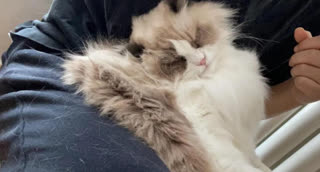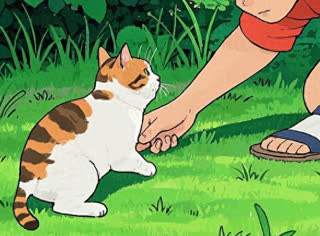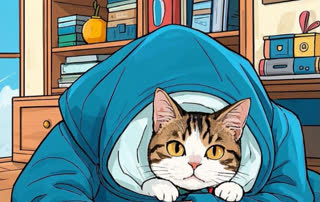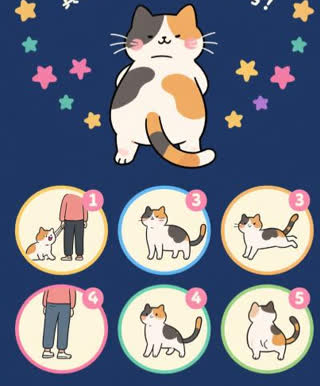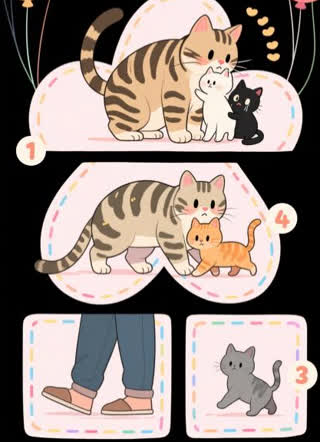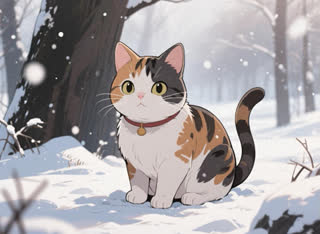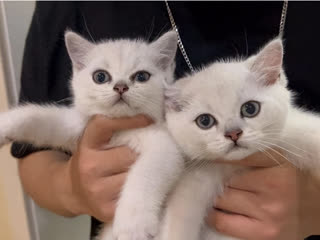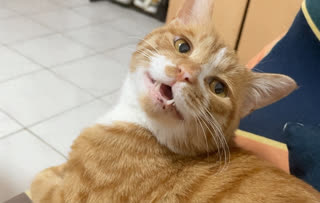If you’re considering adding an
Abyssinian cat to your family in 2025, understanding the
pros and cons of owning an Abyssinian cat 2025 is crucial. Known for their striking appearance, playful energy, and ancient lineage, these cats have captured the hearts of pet owners worldwide. However, like any breed, they come with unique traits that require careful consideration. This comprehensive guide explores the key advantages and challenges of welcoming an Abyssinian into your home, backed by insights from veterinarians, breed experts, and experienced owners .
The Abyssinian, often called the "Aby," is a medium-sized breed with a muscular build, almond-shaped eyes, and a distinctive ticked coat that shimmers in sunlight. Revered for their intelligence and sociability, they’ve been linked to ancient Egyptian art and maritime trade routes, reflecting their adaptable nature . While their regal appearance and lively personality make them appealing, potential owners must weigh the pros and cons of owning an Abyssinian cat 2025 to ensure a compatible match.
Abyssinians are renowned for their high activity levels, thriving on interactive play and mental stimulation. They enjoy climbing, chasing toys, and even learning tricks, making them ideal companions for active families or individuals who prioritize daily engagement . Their playful antics can turn any home into a lively environment, providing endless entertainment. For example, a 2025 study by Tailwaggors Pet Blog highlights that Abyssinians require 60+ minutes of active play daily to prevent boredom-related behaviors .
This breed’s sharp intellect allows them to quickly master commands and puzzles. Using positive reinforcement, owners can teach them to walk on a leash, fetch, or solve food-dispensing toys. Their problem-solving skills also make them curious explorers, though this trait requires cat-proofing to avoid mischief .
With short, dense coats, Abyssinians shed minimally compared to long-haired breeds. Weekly brushing keeps their fur sleek, and they rarely require baths. This makes them a practical choice for busy households or those sensitive to pet hair .
Abyssinians form strong bonds with their human families and crave companionship. They often follow owners around the house, seek cuddles, and adapt well to multi-pet households or homes with children. Their sociable demeanor reduces the risk of loneliness, but it also means they thrive in environments with consistent interaction .
With proper care, Abyssinians can live 12–16 years, offering years of companionship. Regular veterinary check-ups and a balanced diet contribute to their longevity, though genetic health screenings are essential to address breed-specific risks .
While their 活力 is endearing, it can become challenging for owners with busy schedules. Without sufficient exercise and mental enrichment, Abyssinians may develop destructive habits like scratching furniture or knocking over objects. They’re not ideal for households where they’ll be left alone for long periods .
These cats are known for their chatty nature, using trills, chirps, and meows to express themselves. While many owners find this charming, it may bother those seeking a quieter home environment .
Abyssinians are prone to inherited conditions like progressive retinal atrophy (PRA), pyruvate kinase deficiency (PKDef), and renal amyloidosis. Early genetic testing and regular vet visits are critical to manage these risks. For instance, a 2025 report by Tailwaggors Pet Blog emphasizes that proactive care, including annual blood work and dental cleanings, can extend their lifespan by 3–4 years .
Purchasing an Abyssinian from a reputable breeder can cost $900–$2,800, with additional expenses for vet care, high-quality food, and enrichment toys. Adoption fees are lower, but rescues may still require investment in health screenings .
Abyssinians thrive in environments with vertical spaces (e.g., cat trees), puzzle toys, and interactive play. A lack of mental stimulation can lead to stress and behavioral issues, necessitating a commitment to creating an engaging home .
As we enter 2025, several trends and insights shape the pros and cons of owning an Abyssinian cat 2025:
Healthcare Advancements: Genetic testing has become more accessible, allowing breeders and owners to screen for PRA and PKDef early. Veterinary clinics now offer specialized care plans tailored to Abyssinians’ needs .
Dietary Recommendations: Experts emphasize high-protein diets (40–50% of calories) to support their active lifestyles. For example, a 2025 guide by Tailwaggors Pet Blog recommends feeding adult Abyssinians 25–30 calories per pound of body weight daily .
Adoption Trends: Rescue organizations report increased demand for Abyssinians, driven by their popularity on social media. However, potential owners should verify breeders’ credentials to avoid scams .
To determine if an Abyssinian suits your lifestyle, ask yourself:
Can I provide daily playtime and mental stimulation?
Am I prepared for potential genetic health issues?
Do I have the budget for ongoing care?
If you’re an active individual or family seeking a loyal, intelligent companion and can commit to their needs, an Abyssinian may be an excellent choice. However, if you prefer a low-energy pet or have limited time for interaction, this breed’s demands may be overwhelming.
Owning an Abyssinian cat in 2025 offers a rewarding experience for those willing to invest time, effort, and resources. Their playful personalities, trainability, and social nature make them exceptional pets, but their high energy levels and genetic health risks require careful planning. By balancing the pros and cons of owning an Abyssinian cat 2025, you can make an informed decision that ensures a harmonious relationship with your feline friend.

